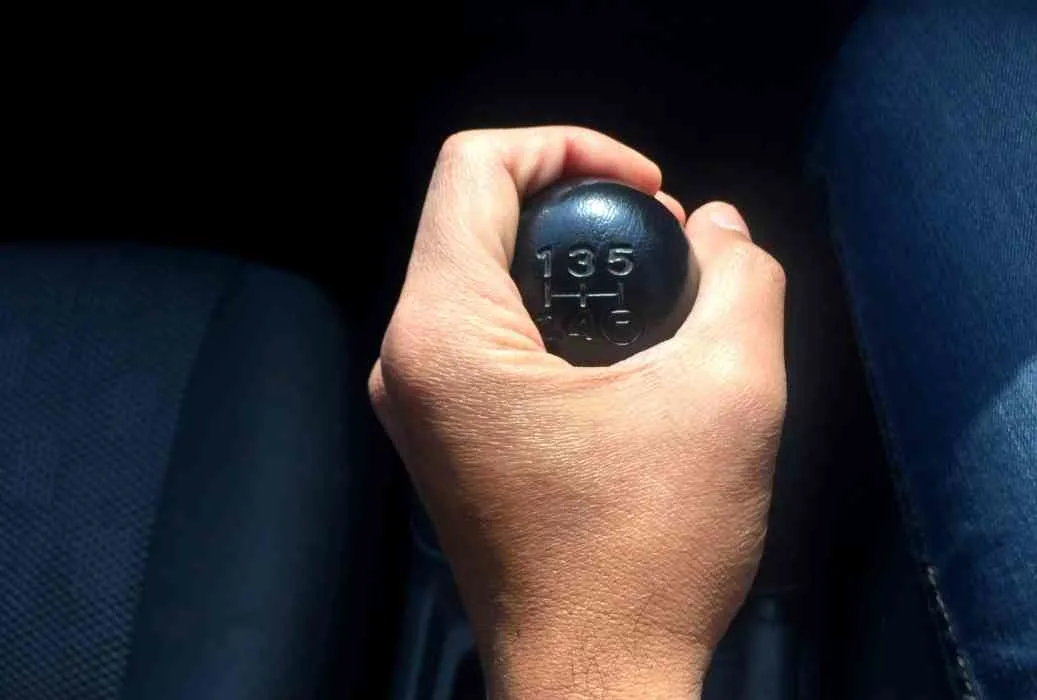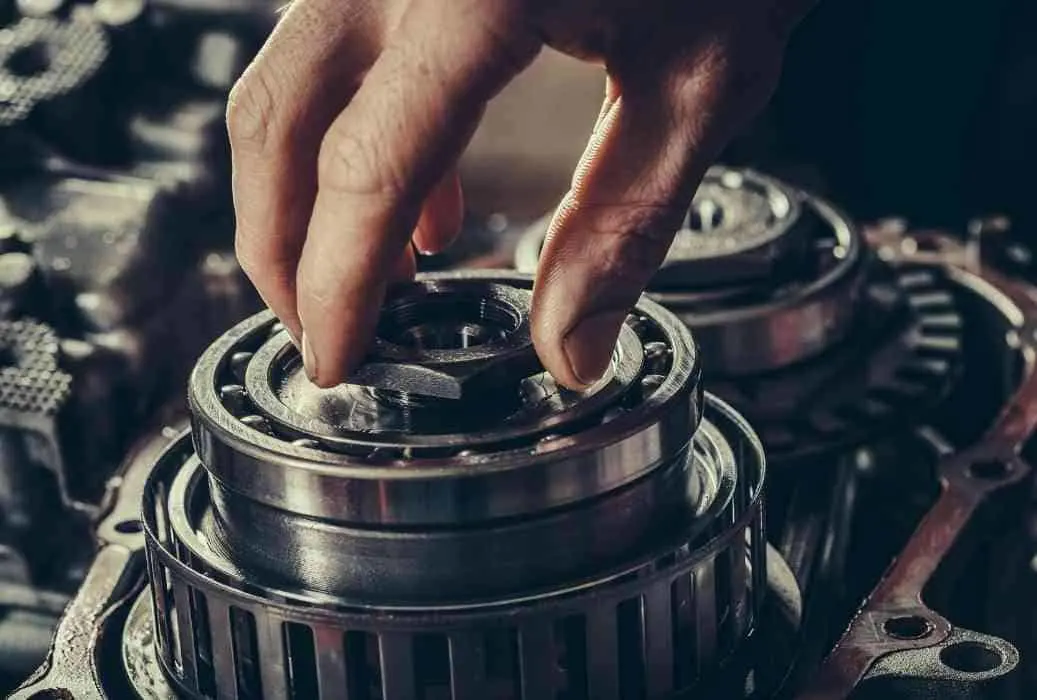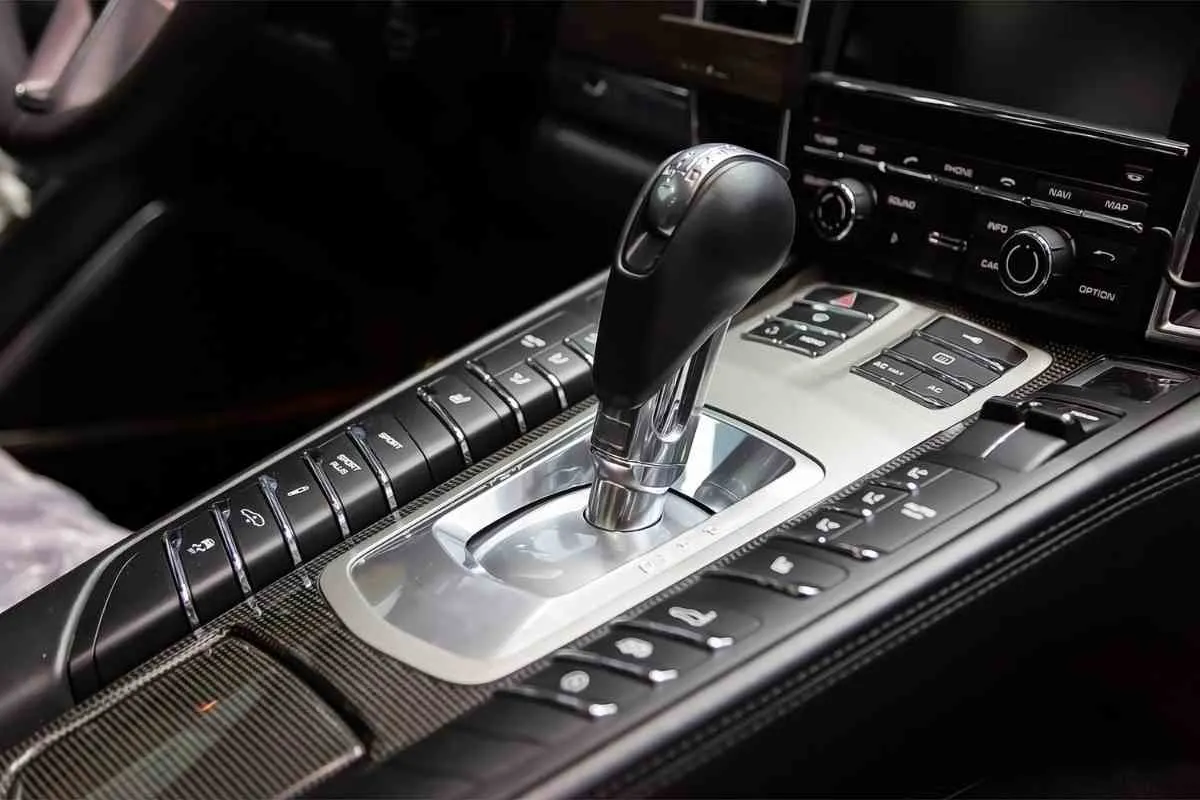Newer cars tend to have a lot more gears than older ones. Back in the day, you might’ve had about 5 of them (and that’s including Neutral and Reverse).
But, today, you’ll see as many as 10.
That’s led a lot of people to wonder why they are so many of them.
What’s better about having more gears? Well, there are a few reasons it makes sense to have more gears.
New cars have so many gears because most new cars are automatic, which means they can accommodate more gears for the driver than a manual vehicle conveniently could. Additional gears in a vehicle allow for better fuel efficiency and acceleration, smoother gear shifts, higher top speeds, and they even reduce wear and tear on the engine.
Since most cars use an automatic transmission nowadays, that makes having more gears a lot easier on the driver. Too many gears would make driving a manual much more difficult.
But, there are also a few benefits associated with having more gears.

Why Having More Gears Is Better
1. Improved Fuel Efficiency
The biggest reason manufacturers include more gears would be improved fuel economy. You burn less fuel when you’re using more gears because they’re more efficient.
Swapping between gears doesn’t use a whole lot of energy. However, each gear provides its ideal power in a different range.
The ideal power zone delivers the most power while using the least fuel.
Driving in a gear’s ideal power zone makes them a lot more efficient. So, you won’t burn through nearly as much gas to go the same distance.
As a result, you’ll notice you’re spending a lot less at the pump. That’s a huge benefit for most drivers.
2. Better Acceleration
Another reason new cars have more gears would be their acceleration. Smaller gears provide a lot more torque when you’re just starting off the line.
Including more gears at the bottom makes you go a lot faster when you’re taking off.
A small gear can only provide so much power, though. So, once you’re reached a certain speed, you can’t go much faster.
Putting more gears at the bottom makes it feel smoother while you’re accelerating.
You switch to the next one as soon as you’re past the previous one’s ideal zone.
3. Fine-Tuned Gearing Ratios
Each gear has a specific zone where it performs at maximum efficiency.
When you’ve got fewer gears, you can’t stay inside of that zone as much.
You’ll notice modern cars feel a lot smoother whenever you’re driving them.
That’s because they’re able to stay within the peak power zone of each gear.
The gearing ratios are a lot smaller in modern cars. The more gears you’ve got, the more sizes you can have.
Putting additional gears into the engine doesn’t necessarily increase their maximum size.
Manufacturers bridge the gaps between existing gears with something similar in size. They’ll decrease the jump between each of them.
As a result, you’ll notice each switch feels much less jumpy.
- The smaller the gearing ratios, the smoother driving feels.
4. Higher Top Speeds
Sometimes, manufacturers include a larger gear in the engine as well.
Larger gears deliver more torque. So, you’ll be able to reach higher top speeds.
Older cars couldn’t drive as fast as most modern ones. That’s because they didn’t have gears that were as large.
Including a larger gear increases your top speed. Larger gears produce more torque than smaller ones.
As such, you can reach higher top speeds whenever you’re using larger gears. It’s as simple as that.
Each revolution delivered turns the wheels further. So, at the same RPM, you’ll be driving faster.
The larger the gear, the faster you can go.
Of course, you’ve got to have a suitable engine. It takes more power to turn a larger gear.
Small engines won’t be able to move them without breaking their driveshaft.
At the same time, you’re burning less fuel to reach top speed.
So, it’s actually more environmentally friendly to use larger gears as well.
5. Reduced Wear and Tear
Finally, you’ll have fewer gears worn out on a modern transmission. That’s because you’re spending less time in each of them.
The less time you spend in gear, the less wear they’ll experience.
It wasn’t uncommon to wear out a gear entirely on an older vehicle. Then, you’d have to replace them. Otherwise, you couldn’t use that gear at all.
Most of the time, you’ll break the transmission before wearing out gear on a modern vehicle.
You’re putting less wear on each individual gear so they’ll last longer.
Also, staying in the ideal zone of each gear reduces wear on them as well.
Gears are built to deliver a specific amount of power. Driving faster than that puts unnecessary stress on them.
FAQs
A lot of people wonder what’s the point of including more gears? If you’ve wondered that before, we’ve got some answers.
Do More Gears Make Cars Faster?
More gears can increase a car’s top speed. Putting a larger top gear makes it possible for your engine to reach even higher speeds than before.
Do More Gears Mean Faster Acceleration?
Smaller gears deliver better accelerations from the starting line. Putting new gears at the bottom end can improve your vehicle’s acceleration.
Why Do Cars Have 10 Gears?
Including 10 gears makes it so there’s less distance between each gear. That makes it easier to stay within their ideal power zones.
How Continusouls Variable Transmissions (CVTs) Might Become the New Big Thing

More gears might improve a vehicle’s performance. However, there are a few drawbacks to a geared transmission.
Each of the gears has to use the clutch. More gears might wear out the clutch faster than usual.
To overcome this, manufacturers have designed an all-new type of transmission. These are called continuously variable transmissions (CVTs).
A CVT doesn’t include any gears at all. They adjust while you’re driving to deliver the ideal amount of power.
You can compare them to an analog system. Analog systems vary along a continuous spectrum.
Electronic systems provide discrete states. Each of them has its own benefits.
But, analog systems perform best in certain situations.
Similarly, a CVT might be the best option for your car. It won’t have a typical clutch at all.
So, you’ll never have any problems with it.
